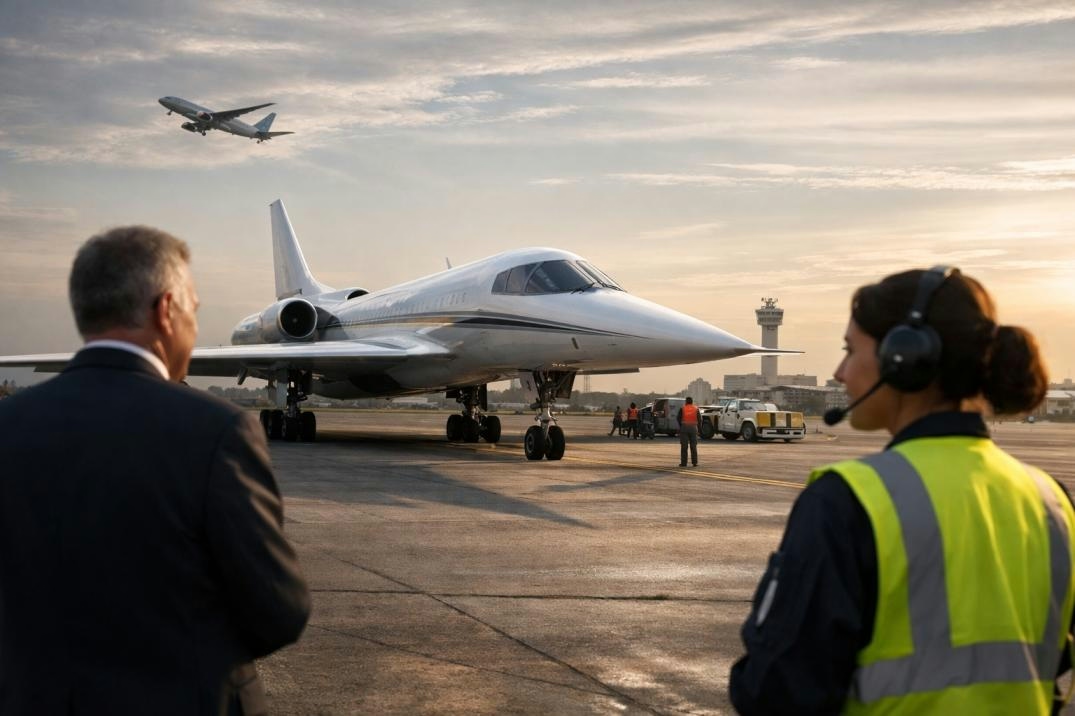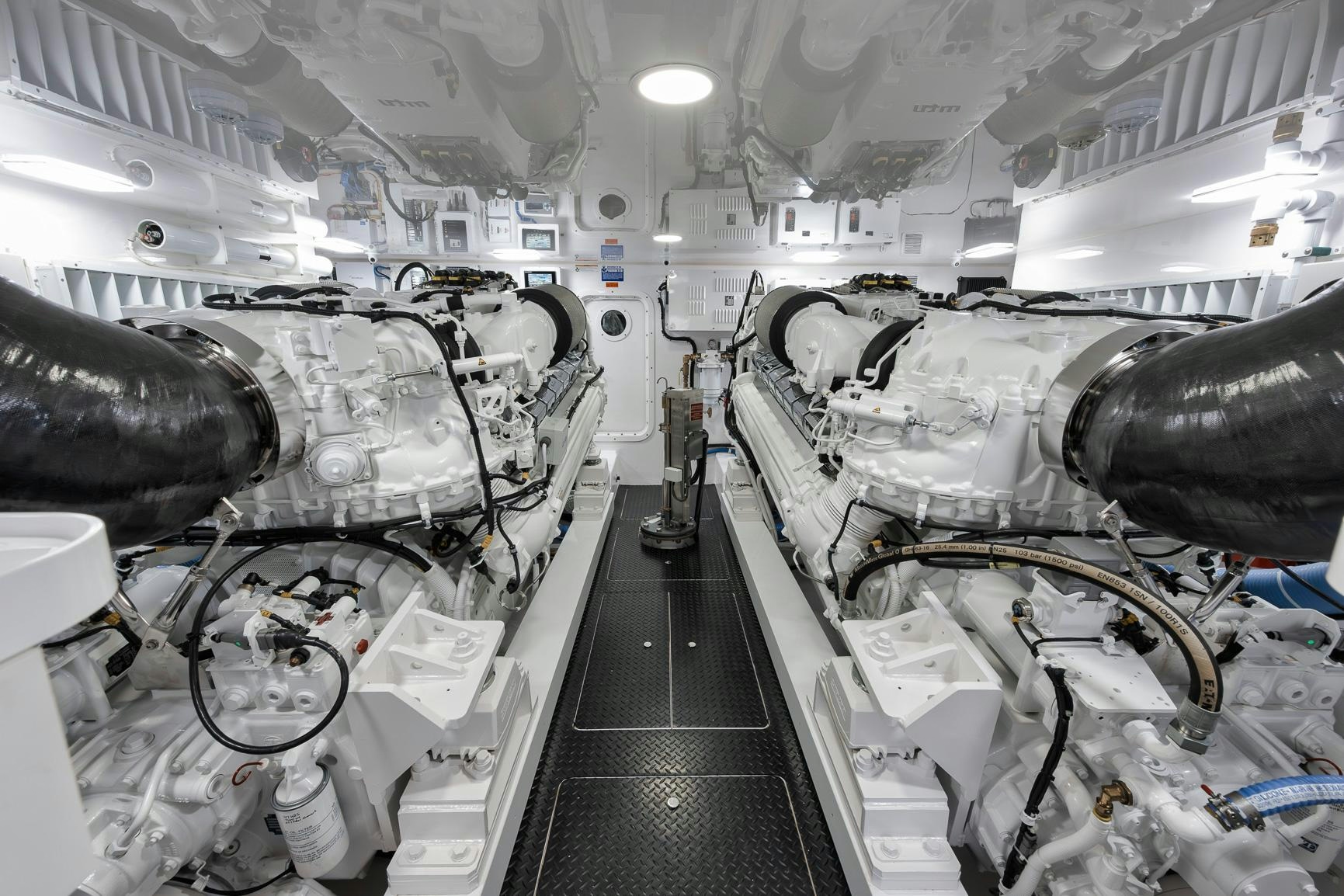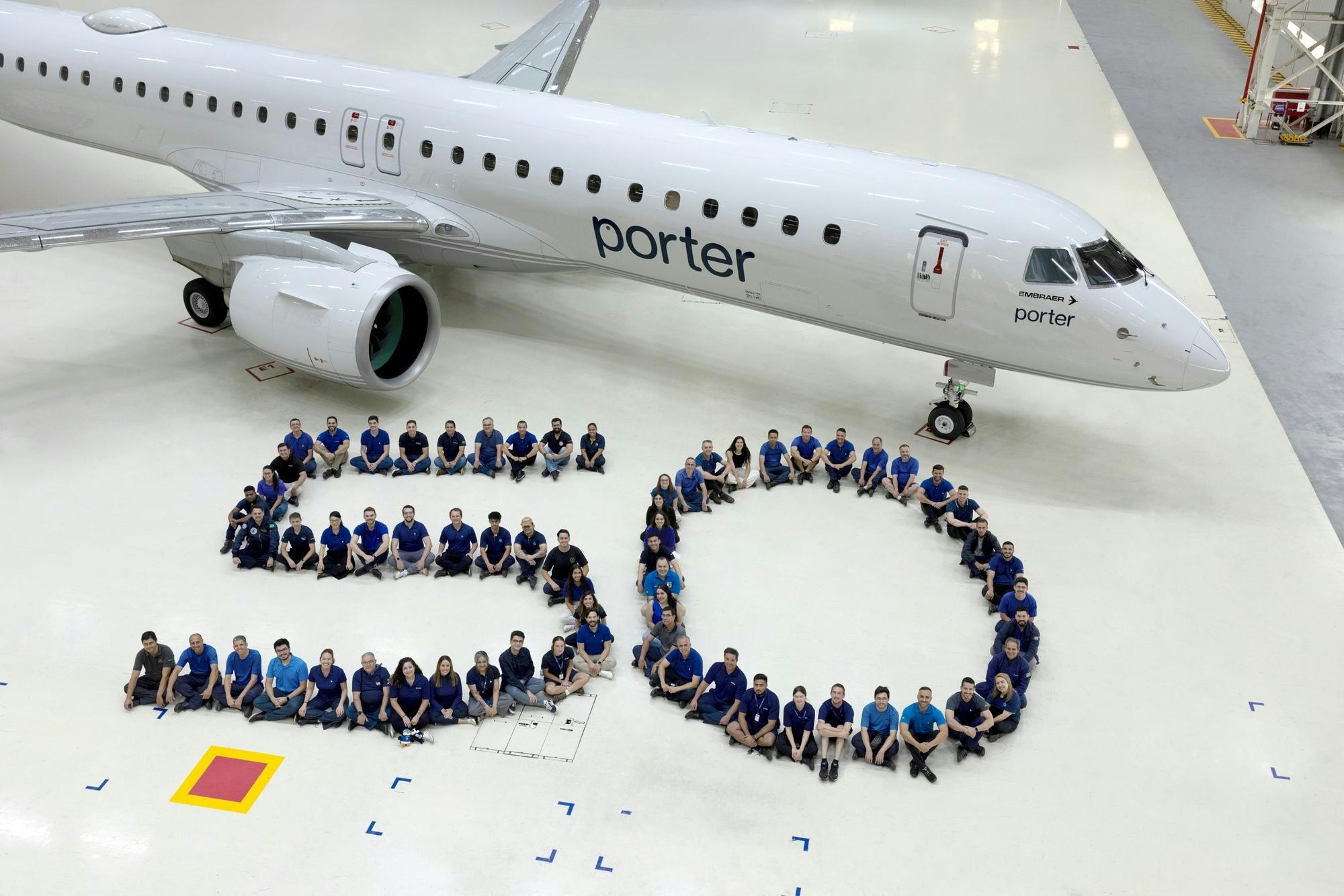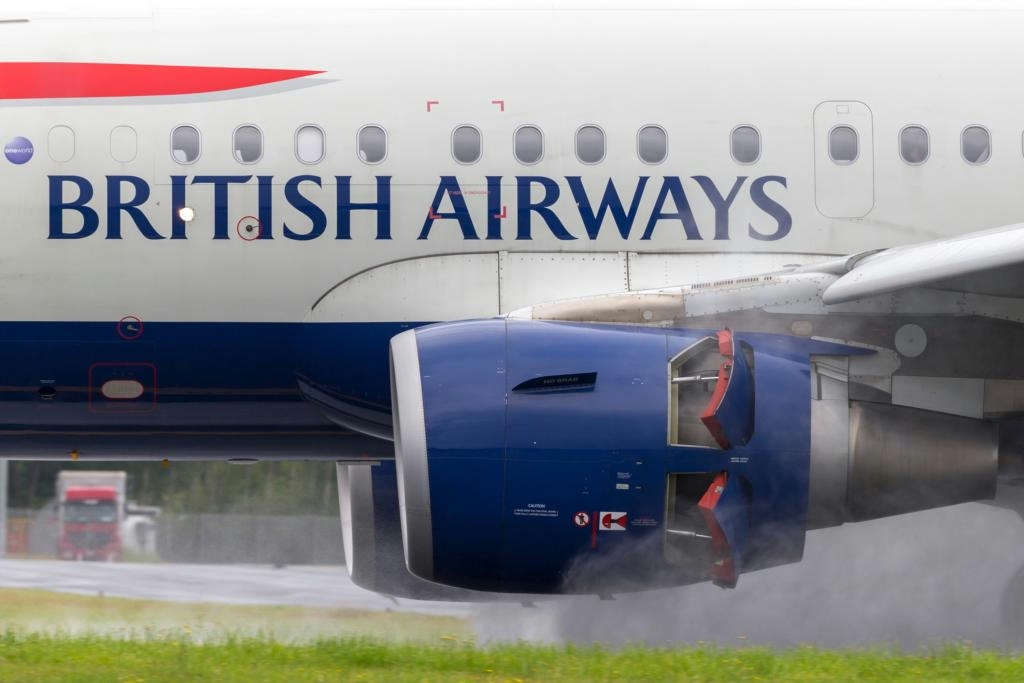
AeroGenie — Your Intelligent Copilot.
Trending
Categories
Why the Boeing 737 Remained the Best-Selling Narrowbody Aircraft for Decades

Why the Boeing 737 Remained the Best-Selling Narrowbody Aircraft for Decades
Few aircraft have had as profound an impact on global air travel as the Boeing 737. Introduced in the late 1960s, this twin-engine narrowbody jet quickly became the backbone of short- and medium-haul routes worldwide. Over four generations, it has served nearly every major airline, establishing itself not only as Boeing’s bestseller but also as the most-delivered commercial jet in history. The 737’s reputation for reliability and efficiency has come to define modern aviation.
A Modest Beginning with Grand Ambitions
The Boeing 737 was conceived to fill a niche between the larger 727 and smaller turboprop aircraft. The objective was to develop a cost-effective, easy-to-maintain jet optimized for short-haul flights. Under the leadership of chief engineer Joe Sutter, the design team incorporated proven components from the 727 and 707, positioning two engines beneath the wings to reduce noise and enhance aerodynamics. Its compact size and low stance made it particularly suitable for smaller airports with limited infrastructure, facilitating quicker turnarounds and lower operating costs.
Lufthansa became the launch customer, soon followed by United Airlines, lending the 737 credibility on both sides of the Atlantic. The 737-200 variant demonstrated remarkable versatility, capable of flying longer distances, accommodating more passengers, and operating across diverse routes. Its straightforward design and robust construction earned it a reputation for dependable performance at an affordable price, a formula that sustained Boeing’s success for decades.
Continuous Evolution: From Classic to MAX
Unlike many aircraft that fade after a single generation, the 737 has thrived through continuous innovation. The 1980s “Classic” series introduced quieter and more efficient CFM56 engines, along with updated cockpits and improved aerodynamics. These enhancements allowed airlines to benefit from fleet commonality, reducing both training and maintenance expenses.
The 1990s ushered in the 737 Next Generation (NG) family, which featured upgraded wings, glass cockpits, and increased passenger capacity. Models such as the −800 and −900 became staples for global carriers, particularly low-cost airlines like Ryanair and Southwest. The NG’s extended range and reliability enabled it to operate effectively in diverse environments, from icy Canadian runways to the deserts of the Middle East.
In response to Airbus’s A320neo, Boeing developed the 737 MAX, which offered greater fuel efficiency through LEAP-1B engines and aerodynamic refinements. However, the MAX’s introduction was marred by software flaws in the MCAS system, which contributed to two fatal crashes. These incidents led to a worldwide grounding of the aircraft and precipitated a crisis that challenged Boeing’s dominance in the narrowbody market.
A Changing Landscape
The 737’s long-standing position as the best-selling narrowbody aircraft encountered a significant shift on October 7, 2025, when Airbus’s A320 family surpassed it in total deliveries. This milestone was marked by Flynas receiving the 12,260th A320, symbolizing a changing dynamic in the industry. Airbus’s flexible models and extensive order backlog, combined with Boeing’s production difficulties and the fallout from the MAX crisis, contributed to this transition.
Despite these setbacks, Boeing remains a formidable competitor. In September, the company secured 96 gross orders, many for the 737 MAX, including major deals with Turkish Airlines and Norwegian Airlines. With the Federal Aviation Administration lifting production restrictions, Boeing plans to increase 737 MAX output to 42 units per month. Nevertheless, industry forecasts anticipate fewer deliveries in the near term, as production constraints persist and the extended service life of older aircraft drives up maintenance costs.
Enduring Legacy
Although the Airbus A320 family now leads in total deliveries, the Boeing 737’s legacy remains deeply ingrained in the aviation industry. Its combination of intelligent engineering, adaptability, and a keen understanding of airline requirements revolutionized global air travel, making affordable jet service accessible worldwide. As the market continues to evolve, the 737 stands as a testament to Boeing’s enduring influence on commercial aviation.

How Airlines Use AI to Set Flight Prices and What Consumers Can Do

Juniper Expands Fleet with Converted Freighter Leasing

FlyOnE Launches Air-Taxi Service to Rottnest Island

U.S. Plans to Resume Civil Supersonic Flights with Industry Support

MIT Proposes Method to Reduce Airplane Contrails and Climate Effects

The Boeing 747-8: Why It’s Rare on U.S. Routes and How to Experience It Abroad

Why Aircraft Engines Lack Screens or Grills

Porter Airlines Receives 50th Embraer E195-E2 Aircraft

How Aircraft Engines Use Reverse Thrust During Landing
